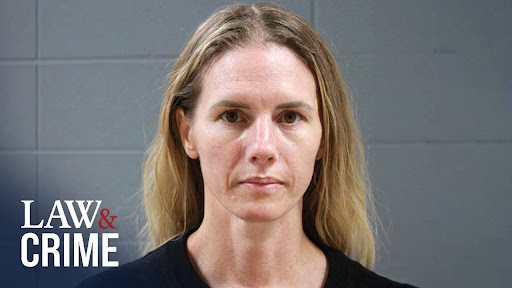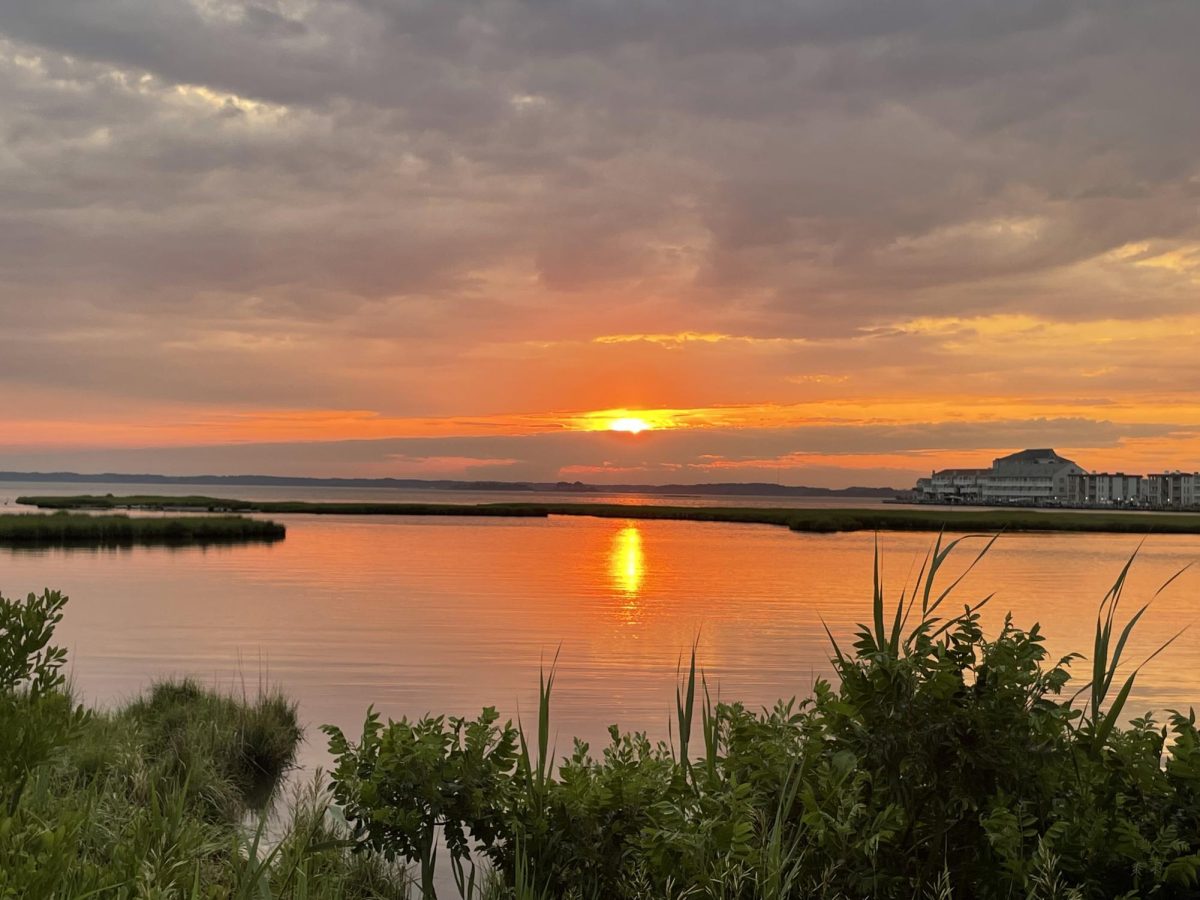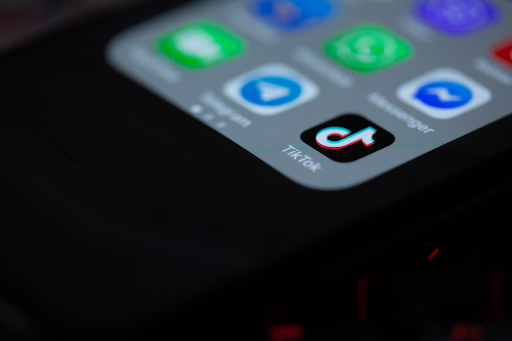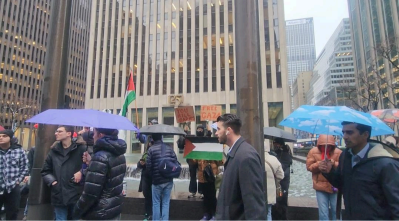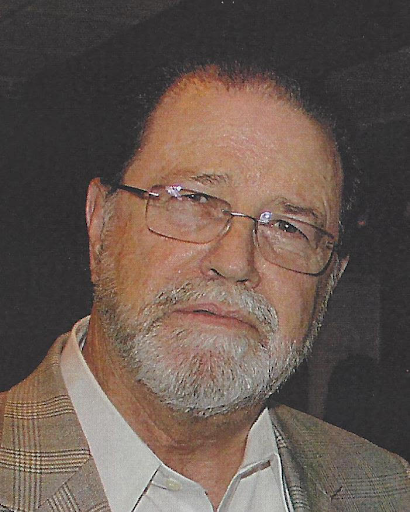I was more than elated when people began protesting at the Financial District on Sept. 19. My excitement only grew when the days passed and the number of Americans marching in New York increased, and other protests began springing up in cities nationwide.
Frankly, the protests should have begun sooner. For years, corporate executives, bankers and high-end stockbrokers have been among the primary contributors to America’s lagging economy. They’ve helped millions of people lose their homes, their jobs and their savings – all while getting richer in the process.
For too long, people have complained about their antics with a shake of the head and an eyeroll – the classic “Whatareyagonnado?” look. The Wall Street protests send the strong signal that such behavior – and any like it in the future – is unacceptable, and will no longer be tolerated.
Even if nothing comes from these protests, even if at some point in the coming days the protesters decide to pack up and go home, the Occupy Wall Street campaign will still have been a success. It will be remembered as the starting point when Americans began
to take back their country from the bullies who ran rampant at their expense.
I will remember a different group of people, however, for their protest efforts – people who found an even greater injustice as they marched on Wall Street, against which they chose to fight. There was a bully, bigger and badder than its Wall Street counterpart, which needed to be stopped.
During the early stages of Occupy Wall Street, independent video shot by protestors began to surface online, as well as on network news affiliates, showing NYPD officers – the same ones employed to “serve and protect” the citizens of New York City – attacking marchers with acts of violence. People were beaten with fists and billy clubs, their eyes stinging from sprays of Mace, all for expressing their First Amendment right to protest. Massive arrests were made, and according to St. John’s students who were taken into police custody [see front cover story], even administrators at the various precincts couldn’t figure out why.
Cameras continued to roll, the footage becoming increasingly disturbing with each passing second. It soon became apparent that police were assaulting not only peaceful protesters, but the same protesters who were holding the cameras and catching the attacks on film.
Of course, this country is used to police brutality by now. It’s been a popular theme of various forms of entertainment for decades, with songs like “Cop Killer” depicting violence against some of the more hostile members of the police force. The mainstream media mostly deadpanned such songs, siding with law enforcement and criticizing the artists for their lack
of appreciation for the risks law enforcement officers take.
Who would believe a thug rapper over a clean-cut, pristine officer ofthe law? Not many. That is, until a bystander recorded video of LAPD officers beating Rodney King to a pulp on March 3, 1991. The video exploded in the news media. Race riots followed and, for a little while, at least, the issue’s true colors stayed in the news cycle a bit longer – that for every hero that exists in our nation’s police force, there are just as many who took a career in law enforcement just for the power trip it offered. For the first time, citizen journalists held police accountable for their behavior, just as they are now holding Wall Street executives and their police barricade accountable.
The attacks didn’t stop; law enforcement just got smarter about seeing who was around before they started throwing blows. But when New Yorkers marched on Wall Street, and fists and billy clubs started to fly, cameras were turned on yet again, and people made sure to tune in. Live video has been shot in every protest city around the country, and is available for live streaming on the Web.
If a cop throws a punch, for any reason, it’ll land on YouTube with the click of a mouse.
That is the power the people wield. It’s the power of knowing that although bankers and CEOs handle American businesses, they don’t get to single-handedly determine the direction in which America’s economy slides. It’s the power of knowing that police officers may be the ones carrying the weapons, but it doesn’t mean they can go outside the law to use them.
Most of all, it’s the power of knowing that the “Whatareyagonnado?” look doesn’t have to exist, and that any bully can be stopped.












